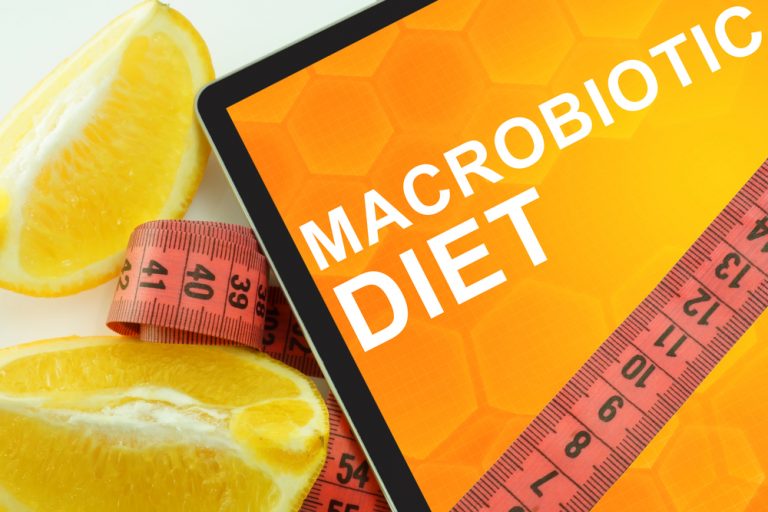Diet basics
The basis of the macrobiotic diet is to maintain a balance between cooling (or yin) and warming (or yang) foods. The first group includes very sweet foods or milk, the second - fish and spices. The basis for the division of products is their pH, cultivation method, color, shape, and aroma.
Strictness and consistency
The macrobiotic diet is designed not only to cleanse the body of toxins but also to improve well-being. Its foundation is unprocessed grains and vegetables. The former should constitute about 70 percent of each of the three meals that can be eaten in a day.
In addition, it is recommended that the menu include 1 or 2 cups of soup. Going on a diet completely excludes the eating of meat, fruits (the exception are apples, pears, and prunes), eggs, and dairy products. From time to time, the allowed menu can be supplemented with fish, dairy products, ginger, salt, mustard, garlic, or lemon juice.
What is allowed and what is not?
Products that can not be missing when creating a macrobiotic diet menu include
- wholemeal bread, wholemeal pasta, cereals, cooked wheat, coarse groats, brown rice
- the following vegetables are allowed: broccoli, brussels sprouts, watercress, parsley, celery, cabbage, horseradish, pickles
- leguminous vegetables can also be part of the diet. Those are chickpeas, lentils, beans, soybeans, peas, but you must remember not to reach for them too often.
- cold-pressed oils and animal fats such as butter are allowed, but only in small amounts
It is best to drink still water, cereal coffee, or natural teas. When deciding to follow a macrobiotic diet we should avoid sweets, fast food, alcohol, meat, processed meat products, sodas, powdered food, salty snacks, and coffee.
Macrobiotic diet - completely safe?
The advantage of such a diet is the abundance of products containing fiber and antioxidants. The diet also lacks harmful saturated fatty acids. Used for some time it could help in the fight against cardiovascular disease, but it is only a theory and there are no studies that would unequivocally confirm its effectiveness.
Its biggest disadvantage is a very small group of products that can be used. It almost completely excludes such healthy seasonal vegetables as tomatoes, spinach, and peppers. People who decide to eat this way must take into account deficiencies of B vitamins, especially B12, B2, iron, and calcium. They often suffer from a lack of vitamin D and omega-3 fatty acids.






